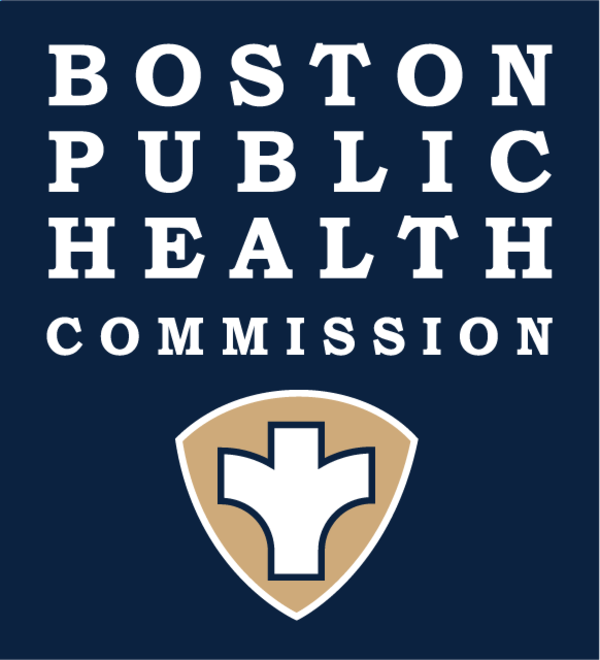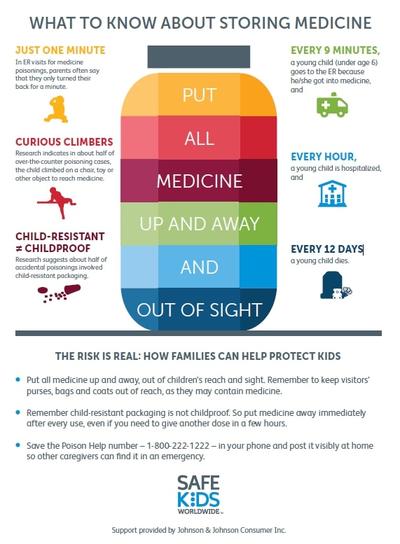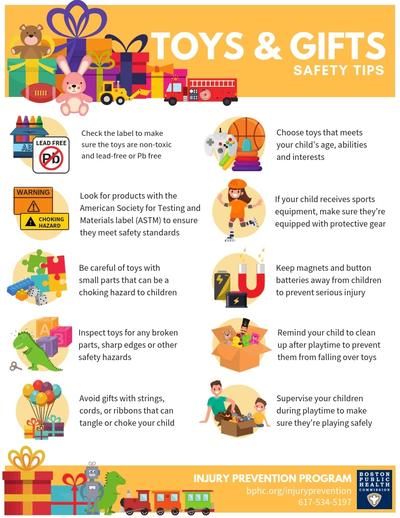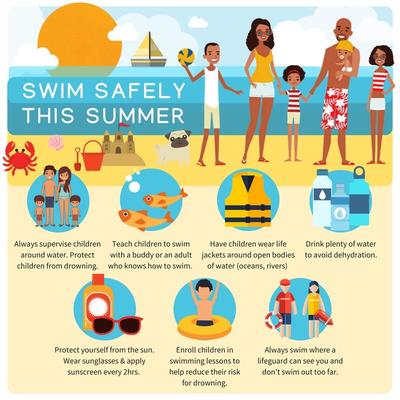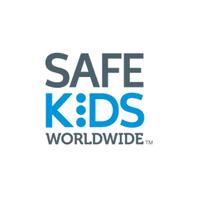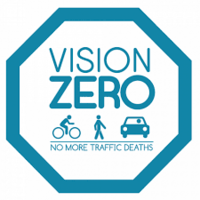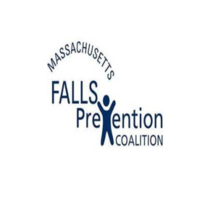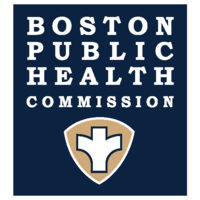Injury Prevention Program
Preventing unintentional injuries in Boston residents of all ages, abilities, ethnicities, and economic statuses.
The Boston Public Health Commission's (BPHC) Injury Prevention program takes a full life-span approach, with a focus on children, older adults, and the underserved residents of Boston. We aim to prevent unintentional injuries in the city through education, awareness, policy, and increased access to safety resources. Some of BPHC's most popular Injury Prevention programs are listed below but they are always working to find new ways to create a safer Boston.
Programs and Initiatives
Bicycle Safety
Learn about Boston's bicycle safety programs and where to find a free bike helmet to keep your kids safe while having fun!
Buckle Up Boston
Keep your child safe on every car ride. Get your car seat installed or safety checked for free.
Fire and Carbon Monoxide Safety
Information and resources to prevent and prepare for fire related emergencies.
Older Adult Falls Prevention
Falls are the leading cause of fatal and non-fatal injuries for older adults in the United States. Learn what steps you can take to prevent falls for you and your loved ones.
Safe Sleep
The CDC estimates that around 3,400 babies die every year from SIDs. Safe sleep habits have been shown to greatly reduce the risk of SIDS. Click the link to learn how you can protect your baby while they sleep.
Water Safety
Approximately 10 people a day die from unintentional drowning, 2 of which are children 14 or younger. Click here to learn more about preventing water related deaths.
Window Falls Prevention
Preventing child injuries from windows falls through subsidized window guards, policy, and safe home education.
General home safety tips and resources
General home safety tips and resources- Secure TVs and furniture to the wall using mounts or anchors to prevent tip-overs
- Keep furniture and anything a child can climb on away from windows
- Install window guards inside of your home to prevent window falls
Learn more about our Window Fall Prevention program.
Additional resources
- Keep medicine, vitamins, cosmetics, and chemicals stored up and locked away from children
- Use cabinet locks to keep children out of areas with harmful items inside
- Read medication and product labels to learn what may be dangerous to children
- Dispose of unused or expired medication at a disposal location. Find a disposal location near you here
Additional resources
- Poison Prevention Infographic
- Safe Kids Medication Infographic
- Stay up-to-date on recalls related to babies, toddlers, and young children
- Read warnings of recalls closely. If a product is unsafe immediately stop using it
- For product recalls visit the Consumer Product Safety Commission or sign up for Safe Kids Worldwide recall newsletter
Additional resources
- Give your child toys appropriate for their age, interest, and ability
- Be aware of small parts, magnets, and other choking or poisoning hazards on your child’s toys
- Learn more about toy safety
Additional resources
- Toys Safety Tips
- Toys and Gifts Safety Tips
- Supervise children around water
- Never leave a child alone in a tub
- Close toilet lids, bathroom doors and laundry room doors
- Use child locks on doors and toilets in your home
- Teach children how to swim. Enroll children in swim lessons if possible
- Learn more about water safety
Additional resources
- Water Safety at Home
- Learn to Swim, Boston
- Water Safety Tips

